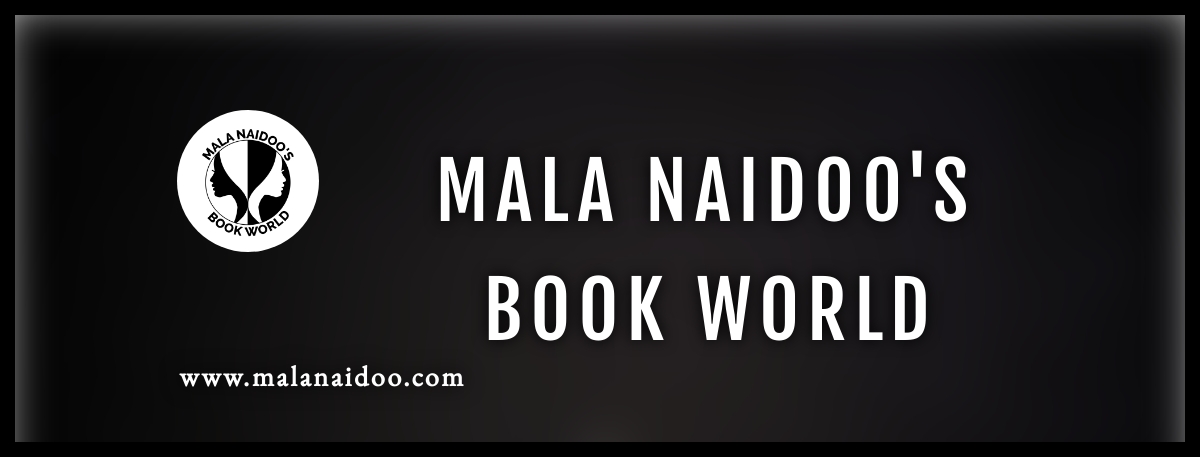Whether we accept it, remain neutral, or deny it, it’s already present.
When it comes to creativity, how do you balance AI and the human touch?
Ernest Hemingway said, There’s nothing to writing. All you do is sit down at the typewriter and bleed. If this is so, why is AI necessary when the writing process is humanely natural?
For centuries, storytelling has been a cultural tradition in every corner of the world. Who is the best at sharing their personal experiences through storytelling?
Is it possible for AI to display raw emotions?
Some argue that it’s authentic, while others contend that it’s programmed and thus not genuine.
The subjectivity of creativity begs the question: can it be programmed?
The dilemma is that some humans conceal truths and wear masks to create a fake identity. The theme of appearance vs reality in Shakespeare’s plays exposes how easily humans can be deceived. Will AI be yet another mask for machine-generated creativity? Who receives credit for the positive reception of AI-generated work? Another door to truth and ethics is unlocked.
Be curious and informed before leaping.
Artists create. They can express themselves through art in a multitude of ways — painting, writing, music, fashion, architecture, machinery, transportation, and beyond.
Charles Dickens, Jane Austen, Leonardo da Vinci, Picasso, Mozart, and other masters of their crafts possessed scintillating minds and remarkable imaginations before AI.
How does AI affect the human brain and heart when it takes over our inherent rights to uniqueness, growth, and creativity? When AI ‘generates’ creativity, do artists’ voices and works lose their uniqueness that only the human touch can produce?
The books and authors that writers admire inspire them. Their mentors, past and present, guide them in honing their skills and style to create unique storylines. Imagination and voice make up a writer’s unique human fingerprint. It captures the reader’s attention. Have we reached a technological level where AI can imitate a writer’s style and imagination?
Imagination is the beginning of creation. You imagine what you desire, you will what you imagine, and at last, you create what you will. – George Bernard Shaw
AI is a part of our daily lives, but we often overlook it. Bots have butted into our lives before we had a name for them. Just whisper ‘Ok Google,’ or ‘Alexa’ and they are ready to provide us with the answers we seek. Does this make the human mind lazy if we don’t physically do the research?
The uniqueness of a writer’s voice lies in the manner in which they tell the story. AI can mimic the tone and intonation of the human voice, but can it replicate the character and personality of the human soul to articulate life experiences?
Creativity is seeing what others see and thinking what no one else ever thought. – Albert Einstein.
As an artist, you live your passion, share your talents and skills, and develop with every piece of art created.
The ways and reasons for entering this brave new world of creativity are widely debated.
The worst enemy to creativity is self-doubt — Sylvia Plath
Be curious and cautious to guide your choices in a rapidly evolving creative sphere.
Please share your views in the comments below.






You must be logged in to post a comment.